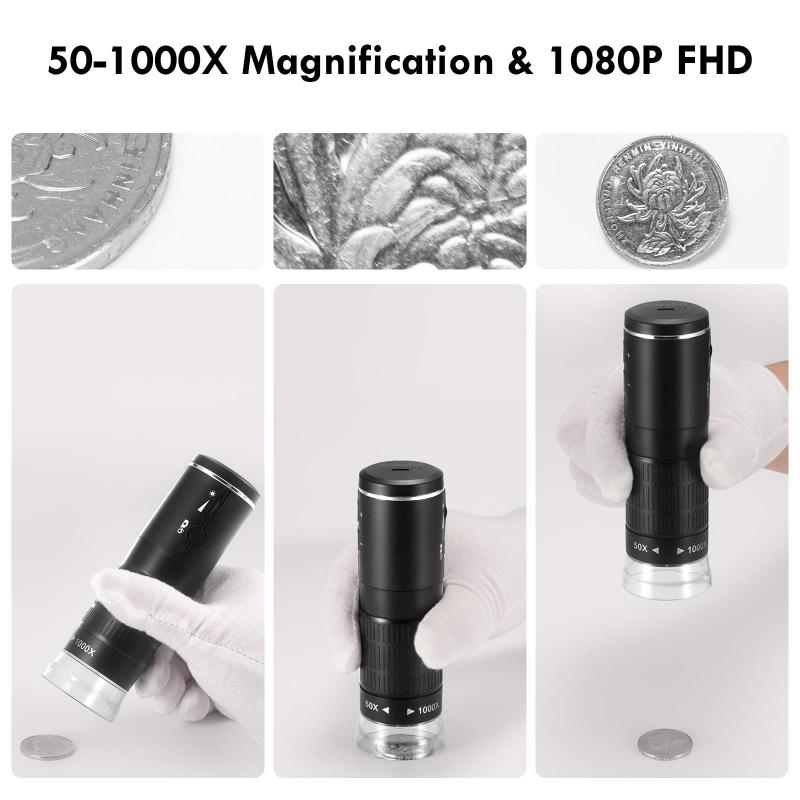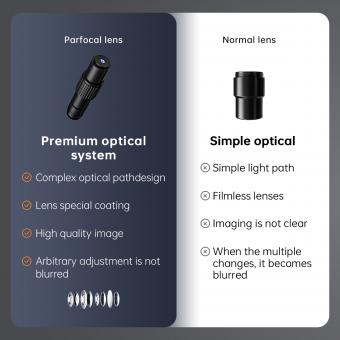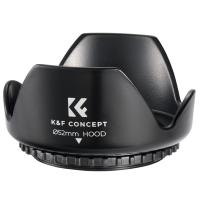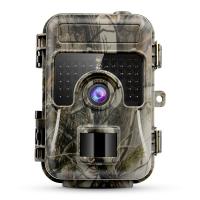How To See Tardigrades Under Microscope ?
To see tardigrades under a microscope, you will need a compound microscope with a magnification of at least 40x to 100x. You will also need a sample of water or moss that contains tardigrades.
To prepare the sample, you can collect a small amount of moss or water from a pond or stream and place it on a microscope slide. Add a drop of water to the sample to keep it moist and cover it with a coverslip.
Once the sample is prepared, place it on the microscope stage and adjust the focus until you can see the tardigrades. Tardigrades are small, so you may need to use the highest magnification available on your microscope to see them clearly.
Tardigrades are known for their unique appearance, with their eight legs and barrel-shaped body. They are also known for their ability to survive extreme conditions, such as high temperatures and radiation.
Overall, seeing tardigrades under a microscope can be a fascinating experience, and it can provide insight into the microscopic world around us.
1、 Preparing a wet mount slide
Preparing a wet mount slide is the most common method to observe tardigrades under a microscope. Here are the steps to follow:
1. Collect a sample of moss or lichen from a damp environment. Tardigrades are commonly found in these habitats.
2. Place the sample in a Petri dish and add a few drops of water. This will help to keep the sample moist and prevent the tardigrades from drying out.
3. Using a pipette or dropper, transfer a small amount of the sample onto a microscope slide.
4. Add a drop of water to the sample on the slide. This will help to spread out the sample and make it easier to observe under the microscope.
5. Place a coverslip over the sample. Be careful not to press too hard, as this can damage the sample.
6. Place the slide under the microscope and adjust the focus until the tardigrades come into view.
It is important to note that tardigrades are very small and can be difficult to see under a microscope. A high-powered microscope with a magnification of at least 400x is recommended for observing tardigrades. Additionally, it may be helpful to use a stain or dye to make the tardigrades more visible. Methylene blue is a commonly used stain for observing tardigrades.

2、 Adjusting microscope settings for optimal viewing
How to see tardigrades under a microscope is a common question among biology enthusiasts. Tardigrades, also known as water bears, are microscopic animals that can survive extreme conditions such as high pressure, radiation, and even the vacuum of space. To view these fascinating creatures under a microscope, you need to follow a few steps.
First, you need to collect a sample of water from a mossy area or a damp environment where tardigrades are likely to be found. Next, place a drop of the water sample on a microscope slide and cover it with a coverslip. Then, adjust the microscope settings for optimal viewing.
Adjusting microscope settings for optimal viewing involves adjusting the focus, lighting, and magnification. Start by adjusting the focus to get a clear image of the water sample. Then, adjust the lighting to ensure that the sample is well-lit but not overexposed. Finally, adjust the magnification to get a closer look at the tardigrades.
It is important to note that tardigrades are very small and may require a high magnification to see them clearly. Additionally, they may move around quickly, so it is important to keep the sample in focus and adjust the lighting as needed.
In recent years, there has been a growing interest in tardigrades due to their unique ability to survive extreme conditions. Scientists are studying tardigrades to learn more about their resilience and how it could be applied to human technology and medicine. Viewing tardigrades under a microscope is a great way to appreciate their incredible adaptability and survival skills.

3、 Locating tardigrades in the sample
How to see tardigrades under a microscope is a common question among researchers and enthusiasts alike. Tardigrades, also known as water bears, are microscopic animals that can survive extreme conditions such as high pressure, radiation, and even the vacuum of space. To locate tardigrades in a sample, one must first prepare the sample appropriately.
The most common method of preparing a sample for tardigrade observation is by using a wet mount. This involves placing a small amount of the sample on a microscope slide and adding a drop of water to it. The water helps to keep the sample hydrated and allows the tardigrades to move around freely. Once the sample is prepared, it can be observed under a microscope.
To locate tardigrades in the sample, it is best to use a microscope with a high magnification power. Tardigrades are typically between 0.1 and 1.5 millimeters in length, so a microscope with a magnification of at least 40x is recommended. It is also important to use a microscope with good lighting and contrast to make it easier to spot the tardigrades.
When observing the sample, it is important to scan the entire area thoroughly. Tardigrades can be found in a variety of habitats, including moss, lichens, and freshwater environments. They are often found on the surface of these habitats, so it is important to focus on the edges and crevices of the sample.
In recent years, there has been a growing interest in tardigrades due to their unique ability to survive extreme conditions. Researchers are studying tardigrades to better understand how they are able to survive in such harsh environments and to develop new technologies based on their resilience. As a result, there are now many resources available online for those interested in observing tardigrades under a microscope.

4、 Identifying key features of tardigrades
How to see tardigrades under a microscope:
To see tardigrades under a microscope, you will need a compound microscope with a magnification of at least 40x. Tardigrades are tiny, so you will need to use a high magnification to see them clearly. You can find tardigrades in moss, lichens, and other damp environments. Collect a sample of moss or lichen and place it on a microscope slide. Add a drop of water to the slide to keep the sample moist. Then, place the slide under the microscope and adjust the focus until you can see the tardigrades.
Identifying key features of tardigrades:
Tardigrades, also known as water bears, are microscopic animals that are found in a variety of environments. They are known for their ability to survive extreme conditions, such as high pressure, low temperature, and radiation. Tardigrades have several key features that make them unique. They have a segmented body with four pairs of legs, each with claws or suction cups. They also have a mouth with stylets for piercing and sucking fluids, and a digestive system with a simple gut. Tardigrades have a protective cuticle that covers their body and helps them survive in harsh environments. They can also enter a state of suspended animation called cryptobiosis, in which they can survive for years without food or water.
The latest point of view on tardigrades is that they may have originated from space. Recent studies have found that tardigrades can survive in the vacuum of space and may have been transported to Earth on comets or meteorites. This theory, known as panspermia, suggests that life may have originated elsewhere in the universe and been transported to Earth.







































